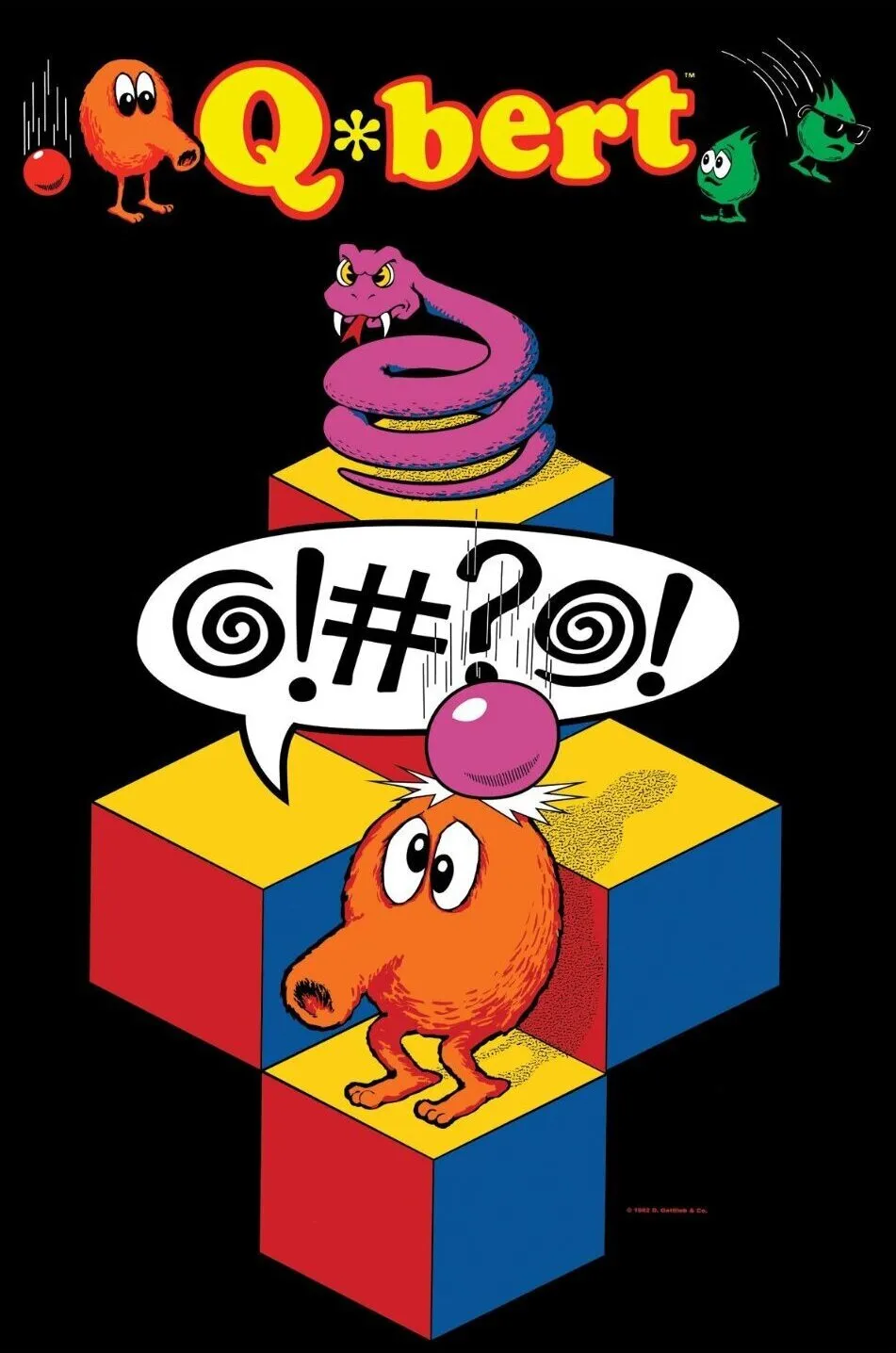In the grand tapestry of pop culture from the 1980s, few elements stand as iconic and nostalgic as “The Last Starfighter” movie, the classic Qbert game, and the ubiquitous beepers of the era. These artifacts of a bygone time evoke memories of simpler days, when arcades were havens of pixelated adventure and communication meant waiting for a beep and a number on a small device clipped to your belt.
“The Last Starfighter”: A Space Odyssey of the 80s

Released in 1984, “The Last Starfighter” captured the imaginations of audiences with its tale of Alex Rogan, a seemingly ordinary teenager who discovers he’s been recruited by an alien defense force after achieving the high score on a mysterious arcade game. With groundbreaking CGI for its time and a thrilling space adventure narrative, the movie became a cult classic, beloved by fans for its nostalgic charm and innovative storytelling.
What made “The Last Starfighter” particularly special was its fusion of the real world with the virtual realm of arcade gaming. For many 80s kids, the idea of being plucked from obscurity to become a hero in a distant galaxy was an irresistible fantasy, one that perfectly encapsulated the escapist spirit of the era.
Qbert: Hopping Through Gaming History

In the realm of arcade gaming, few characters are as instantly recognizable as Qbert, the orange, long-nosed creature tasked with hopping around a pyramid of cubes while avoiding enemies. Released in 1982 by Gottlieb, Qbert quickly became a sensation, captivating players with its simple yet addictive gameplay and vibrant, isometric graphics.
Part of Qbert’s enduring appeal lies in its accessibility. Unlike some of its contemporaries, which required complex button inputs and strategies, Qbert could be picked up and played by anyone, from seasoned gamers to casual enthusiasts. Its colorful characters and catchy sound effects only added to the game’s allure, making it a staple of arcades and home gaming consoles throughout the 1980s and beyond.
Beepers: The Original Mobile Communication Device

Before smartphones dominated the landscape, there was the humble beeper, a small, pager-like device that revolutionized communication in the 1980s. Popularized by doctors, businessmen, and teenagers alike, beepers allowed users to receive short alphanumeric messages, typically in the form of a phone number to call back.
For many, beepers represented a newfound sense of freedom and connectivity. Suddenly, it was possible to reach someone no matter where they were, whether they were on the go or simply out of earshot of a landline telephone. The distinctive beeping sound of a pager became synonymous with urgency and importance, a signal that someone needed to get in touch right away.
Conclusion: A Trip Down Memory Lane
In the ever-evolving landscape of entertainment and technology, it’s easy to forget the simpler pleasures of days gone by. “The Last Starfighter,” Qbert, and beepers may belong to a bygone era, but their legacy lives on in the hearts and minds of those who experienced them firsthand. Whether through the thrill of intergalactic adventure, the joy of hopping through a pixelated world, or the convenience of instant communication, these artifacts of the 1980s continue to inspire nostalgia and fond memories for generations to come.
Podcast: Play in new window | Download
Subscribe: RSS
